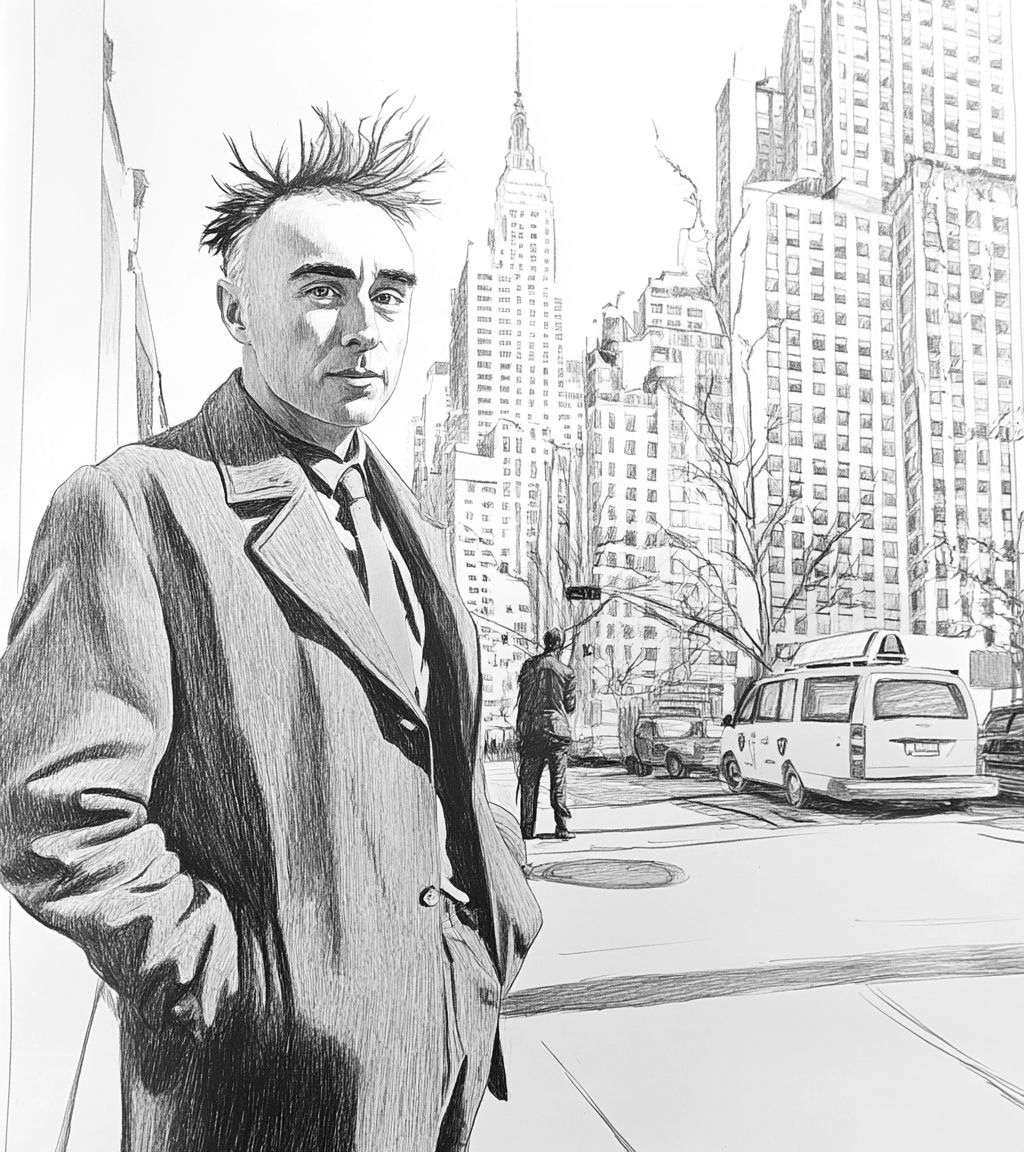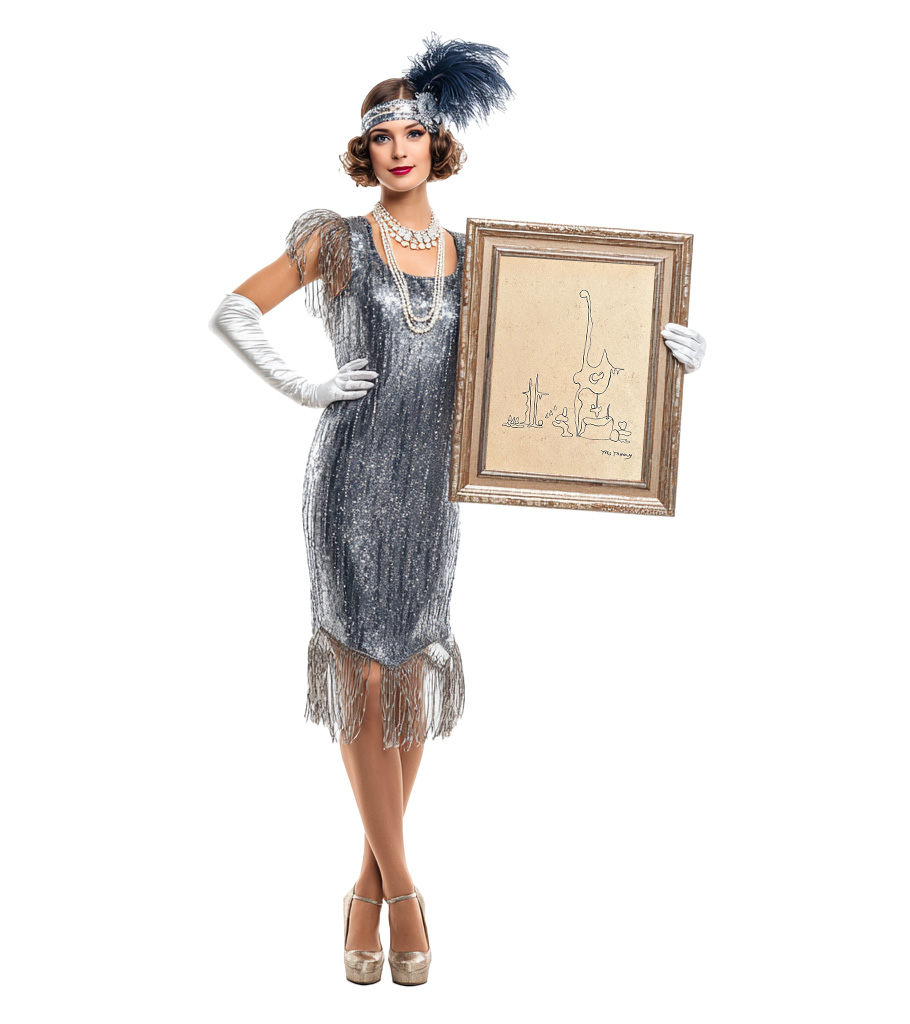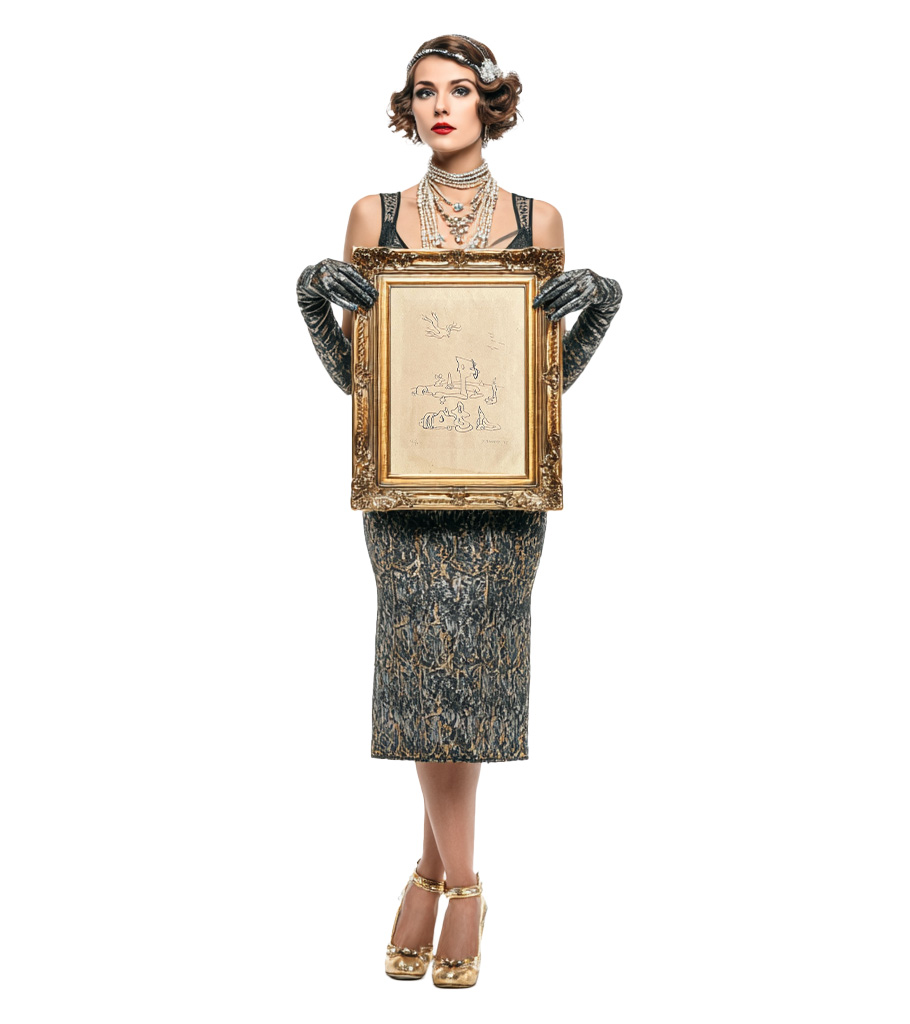
Yves Tanguy
Yves Tanguy was inspired to become a painter after seeing a Giorgio de Chirico painting in 1923. Shortly after, he became associated with the surrealist movement led by André Breton. Tanguy quickly gained recognition for his unique vision and began exhibiting alongside other surrealist artists in Paris.
Tanguy is best known for his surreal, dreamlike landscapes populated with biomorphic, abstract forms. His works are characterized by precise draftsmanship, smooth gradients, and infinite horizons. These mysterious scenes often evoke subconscious states and inner psychological terrains. Influenced by automatism and dream theory, Tanguy's compositions suggest alien worlds that feel both organic and otherworldly. His distinctive style influenced later generations of abstract and surrealist painters.
Some of Tanguy's most iconic paintings include Mama, Papa is Wounded! (1927), Indefinite Divisibility (1942), and The Furniture of Time (1939). His work was featured in key surrealist exhibitions throughout the 1930s and 1940s, including shows at the Galerie Pierre and the Museum of Modern Art in New York. Major retrospectives of his work have been held at institutions such as the Museum of Modern Art (New York), the Centre Pompidou (Paris), and the Menil Collection (Houston), reaffirming his status as one of the most original voices in surrealist art.
Collected by major institutions and notable private collectors:
— National Gallery of Art, Washington, D.C.— San Francisco Museum of Modern Art (SFMOMA)
— Tate
— Centre Pompidou
Notable sales and auction records:
— Deux Fois du Noir, £2,5 million at Sotheby's, London, 2012— L’Extinction des espèces II, £3,1 million at Christie's, London, 2019
— Je me faisais semblant (I was Pretending to myself), £2,2 million at Christie's, London, 2011
Artworks and Paintings
Biography and Artistic Career Highlights
Yves Tanguy was born on January 5, 1900, in Paris, France, into the family of a naval officer. His childhood alternated between Paris and the coastal towns of Brittany, where he observed seascapes and the peculiar shapes of nature. These impressions later found expression in his surrealist landscapes. In his youth, Tanguy showed little interest in art and never received systematic artistic training.
1918 — after finishing school, he enlisted in the French Navy and took part in naval campaigns.
1920 — returned to Paris, where he met Jacques Prévert and other figures of the bohemian milieu. Tanguy became interested in literature, poetry, and painting.
1923 — upon seeing a painting by Giorgio de Chirico in a gallery window, Tanguy decided to become an artist. This experience proved to be a turning point in his life.
1924 — joined the circle of Surrealists led by André Breton. He began to paint his first works in the surrealist style.
1927 — held his first solo exhibition in Paris, which established him among the leading Surrealists.
1930s — Tanguy actively exhibited alongside other artists of the movement, including Salvador Dalí, Max Ernst, and Joan Miró. His paintings developed a distinctive style: deserted landscapes filled with fantastic biomorphic shapes, like visions from the subconscious.
1938 — met American artist Kay Sage, with whom he soon formed a lifelong bond.
1940 — emigrated to the United States together with Kay Sage. They settled in Connecticut, where he worked until the end of his life. This American period became the height of his career: he created large-scale canvases, exhibited in New York and Chicago, and his style took on even greater monumentality.
1942 — took part in the exhibition “First Papers of Surrealism” in New York, organized by André Breton and Marcel Duchamp.
1940s–1950s — Tanguy became one of the most influential Surrealists in the United States. His works entered major museum and private collections. He continued to develop themes of boundless spaces, symbolic forms, and the inner world.
On January 15, 1955, Yves Tanguy died suddenly of a cerebral hemorrhage in Woodbury, Connecticut, USA. He was buried in the local cemetery, and after the death of Kay Sage, their remains were interred together. Tanguy’s legacy became a vital part of Surrealism: his paintings, filled with mysterious and fantastical forms, express the depth of the subconscious and remain among the most recognizable works of this movement in 20th-century art.


